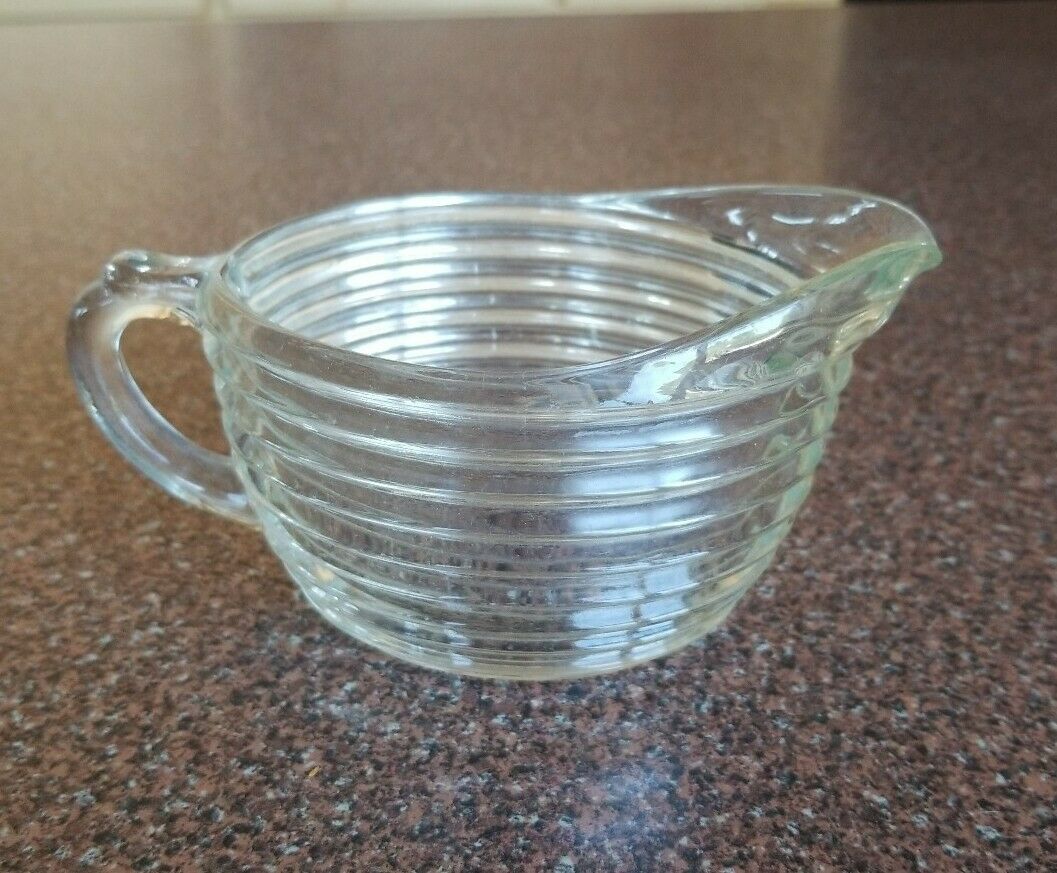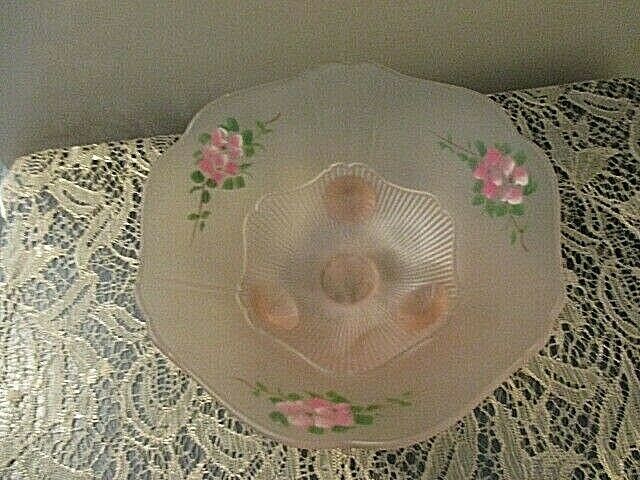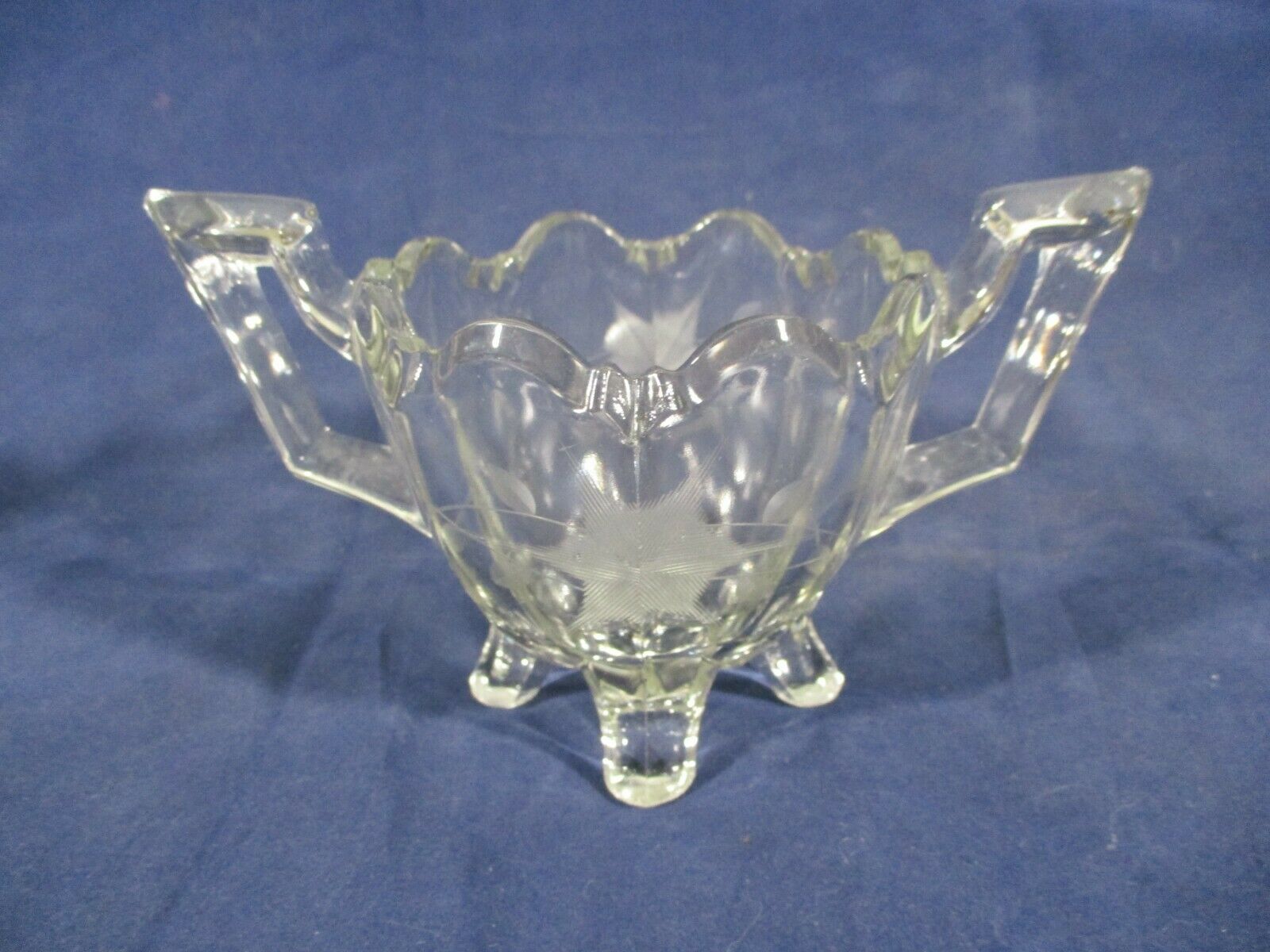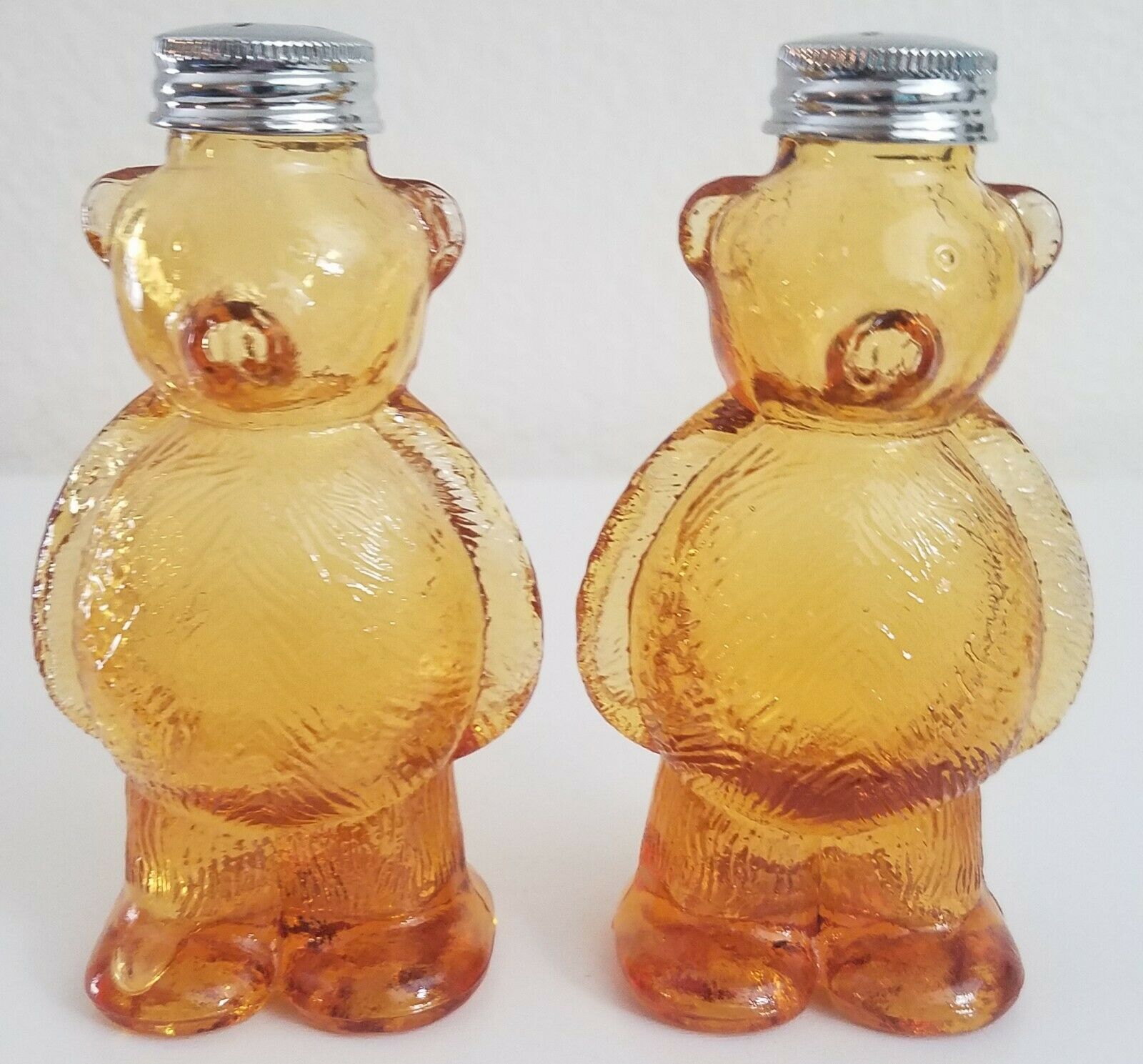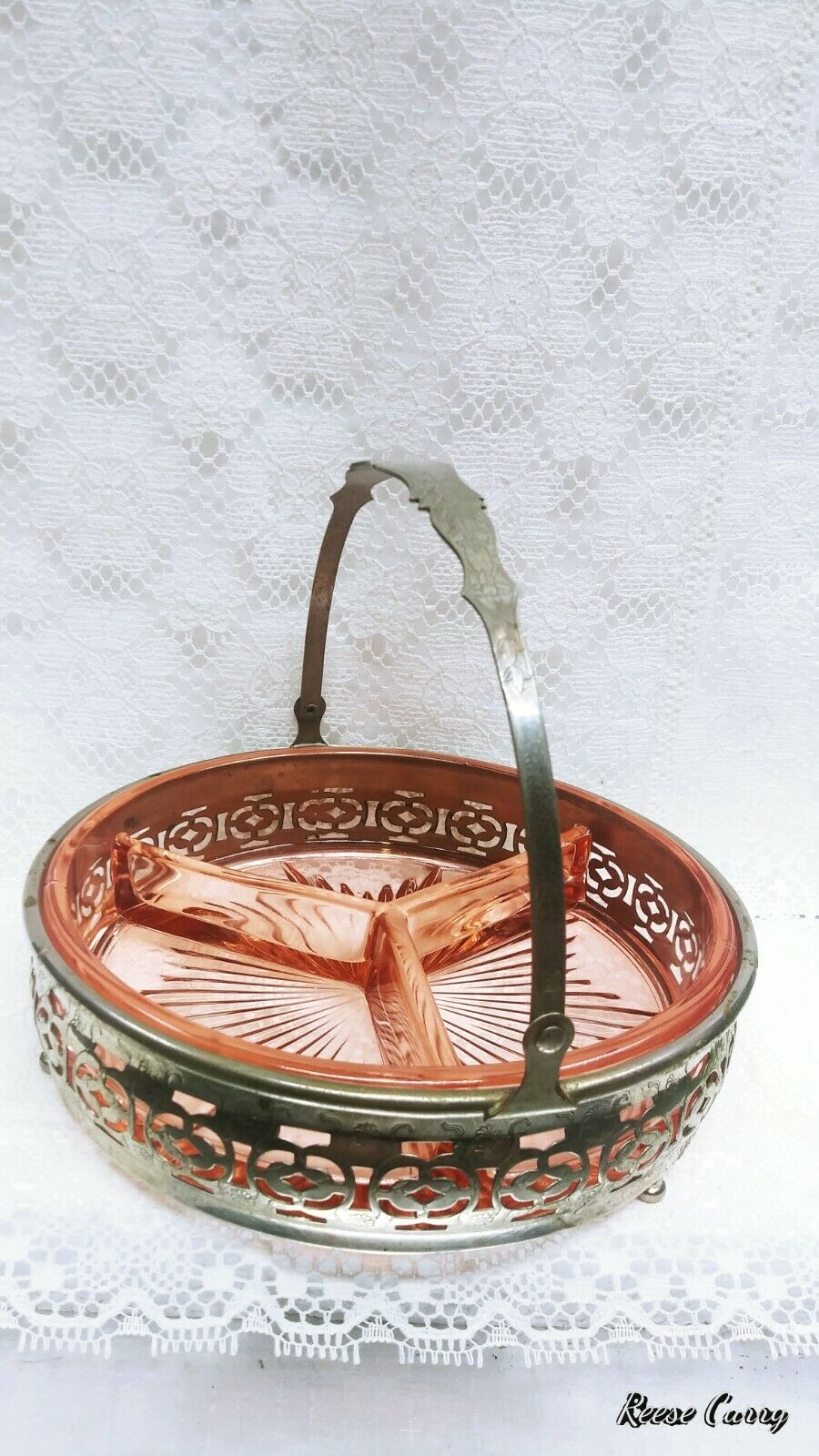-40%
Uranium Depression Glass Antique 1930s Original Bud Vase & Fruit Bowl
$ 45.08
- Description
- Size Guide
Description
Offered for Sale, Antique 1930s Original Uranium Depression Glass Bud Vase & Fruit Bowl.These are the last two pieces from my grandparents' extensive collection of Depression Glass. They accumulated this collection from the Great Depression, not because they were collectors, but because they lived and raised families through it!
Both pieces, Bud Vase, and Fruit Bowl are in perfect condition, with no chips or cracks. Both pieces contain the embedded bubbles and imperfections expected in Depression Glass. Both pieces display intricate etched patterns, but the patterns do not match each other (see photos). I have not been able to hunt down either pattern in any known reference. That's probably not surprising, considering neither piece bears a maker's mark or stamp of any kind.
Both of these could be one-of-a-kind items. The only examples in existence! Both pieces glow brightly under blacklight.
(I grew up in the 1960s & 70s, so I couldn't resist adding that blacklight photo ... apologies!
By the way, if any of you true collectors do recognize these patterns, please share your information with me. I'm very curious to know, and it will not impact my asking price).
The "Fruit" Bowl
displays a very ornamental overlapping and repeating etched pattern connecting six large embellished "snowflake" motifs around its sides. Nearer to the base of the bowl, the glass itself takes on a beautiful waved or petalled pattern emanating outward from the center like a sunburst. This pattern is best seen by the light reflected through the glass (see photos). The bowl measures 8-3/4" in diameter, and stands only 2" high from rim to table.
The Bud Vase
is intended for a single bud, and exhibits a very simple but delicately etched vine with leaves, which wraps sprirally around the vase from base to top. On the widest part of the vase near the bottom, this vine sprouts a single flower, which I think I recognize as an Iris. The Vase is 2-1/4" wide (diameter of the pedestal base), and stands 9" tall.
Uranium glass
is glass which has had uranium (usually in oxide diuranate form), added to the glass mix for coloration before melting. The proportion usually varies from trace levels to about 2% by weight uranium, although some 20th-century pieces were made with up to 25% uranium.
Uranium glass was once made into tableware and household items, but fell out of widespread use when the availability of uranium to most industries was sharply curtailed during the Cold War in the 1940s. Most such objects are now considered antiques or retro-era collectibles, although there has been a minor revival in art glassware. Modern uranium glass is mainly limited to small objects like beads or marbles as scientific or decorative novelties.
The normal colour of uranium glass ranges from yellow to green depending on the oxidation state of uranium used, and concentration of the metal ions, although this may be altered by the addition of other elements as glass colorants.
Uranium glass also fluoresces bright green under ultraviolet light and can register above background radiation on a sufficiently sensitive Geiger counter, although most pieces of uranium glass are considered to be harmless and only negligibly radioactive.
Depression glass
is clear or colored translucent machine made glassware that was distributed free, or at low cost, in the United States and Canada around the time of the Great Depression. Much depression glass is uranium glass. The Quaker Oats Company, and other food manufacturers and distributors, put a piece of glassware in boxes of food, as an incentive to purchase. Some movie theaters and businesses would hand out a piece for coming in their doors.
Most of this glassware was made in the Ohio River Valley of the United States, where access to raw materials and power made manufacturing inexpensive in the first half of the twentieth century. More than twenty manufacturers made more than 100 patterns, and entire dinner sets were made in some patterns. Common colors are clear (crystal), pink, pale blue, green, and amber. Less common colors include yellow (canary), ultramarine, jadeite (opaque pale green), delphite (opaque pale blue), cobalt blue, red (ruby & royal ruby), black, amethyst, monax, and white (milk glass).
Although of marginal quality, Depression glass has been highly collectible since the 1960s. Due to its popularity as a collectible, Depression glass is becoming more scarce on the open market. Rare pieces may sell for several hundred dollars.
If you have any questions, or need more information, please ask before making the purchase.












